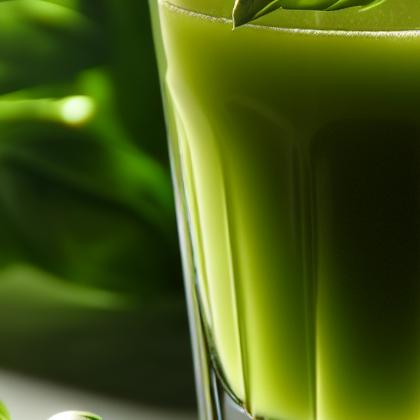Showing results for 'Basil juice'
close
Basil Juice

Juice is a liquid (drink) that is naturally contained in fruit and vegetables. It can also refer to liquids that are flavored with these or other biological food sources such as meat and seafood. It is commonly consumed as a beverage or used as an ingredient or flavoring in foods. It is also a common practice to mix juices of different fruits/vegetables. Juice did not emerge as a popular beverage choice until the development of pasteurization methods allowed for the preservation of juice without fermentation. In this case juice of basil
Basil juice Pairs With:
Food Item
Flavor Affinity Level

Did you know there are 64 food flavor pairings in my database for Basil Juice available. What you are seeing above is a random list of 30 items which pair with Basil Juice.
For the entire list, beautifully formatted, enter your email address and click the download button below, then I'll email it to you as a PDF.
Basil juice Properties:
| Food Property | Type | Description |
|---|---|---|
| Flavor Profile | Sweet | Basil juice has a slightly sweet flavor with herbaceous undertones. |
| Sour | Basil juice has a subtle sourness that adds brightness to its overall taste. | |
| Bitter | Basil juice may contain a hint of bitterness, depending on the variety of basil used. | |
| Astringency | Basil juice does not typically exhibit astringency. | |
| Texture | Moisture | Basil juice has a high moisture content, giving it a thin and watery consistency. |
| Nutritional Value | Micronutrients | Basil juice is rich in vitamins and minerals, including vitamin K, vitamin A, and manganese. |
| Color | Natural Pigments | Basil juice has a vibrant green color due to its chlorophyll content. |
| Aroma | Essential Oils | Basil juice has a strong aroma thanks to its essential oils, giving it a distinct herbal scent. |
| Chemical Composition | Acidity/Alkalinity (pH) | Basil juice tends to be slightly acidic, with a pH level around 6. |
| Cooking Behavior | Heat Conductivity | Basil juice does not undergo significant changes in heat conductivity when cooked. |
| Water Retention | Basil juice can retain water well, making it suitable for use in marinades and sauces. |
Food Pairing App - Version 1.2.0
